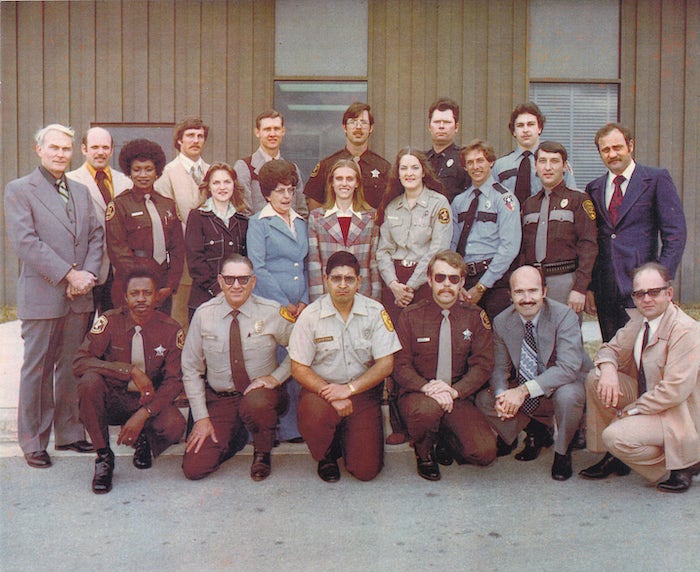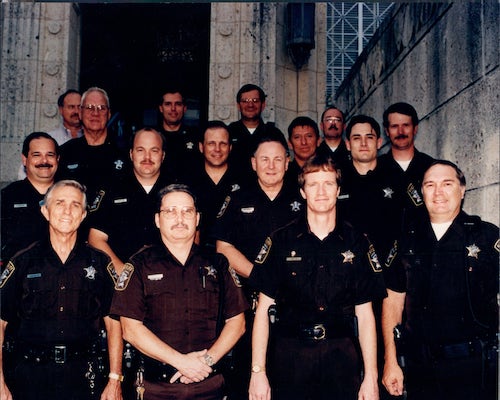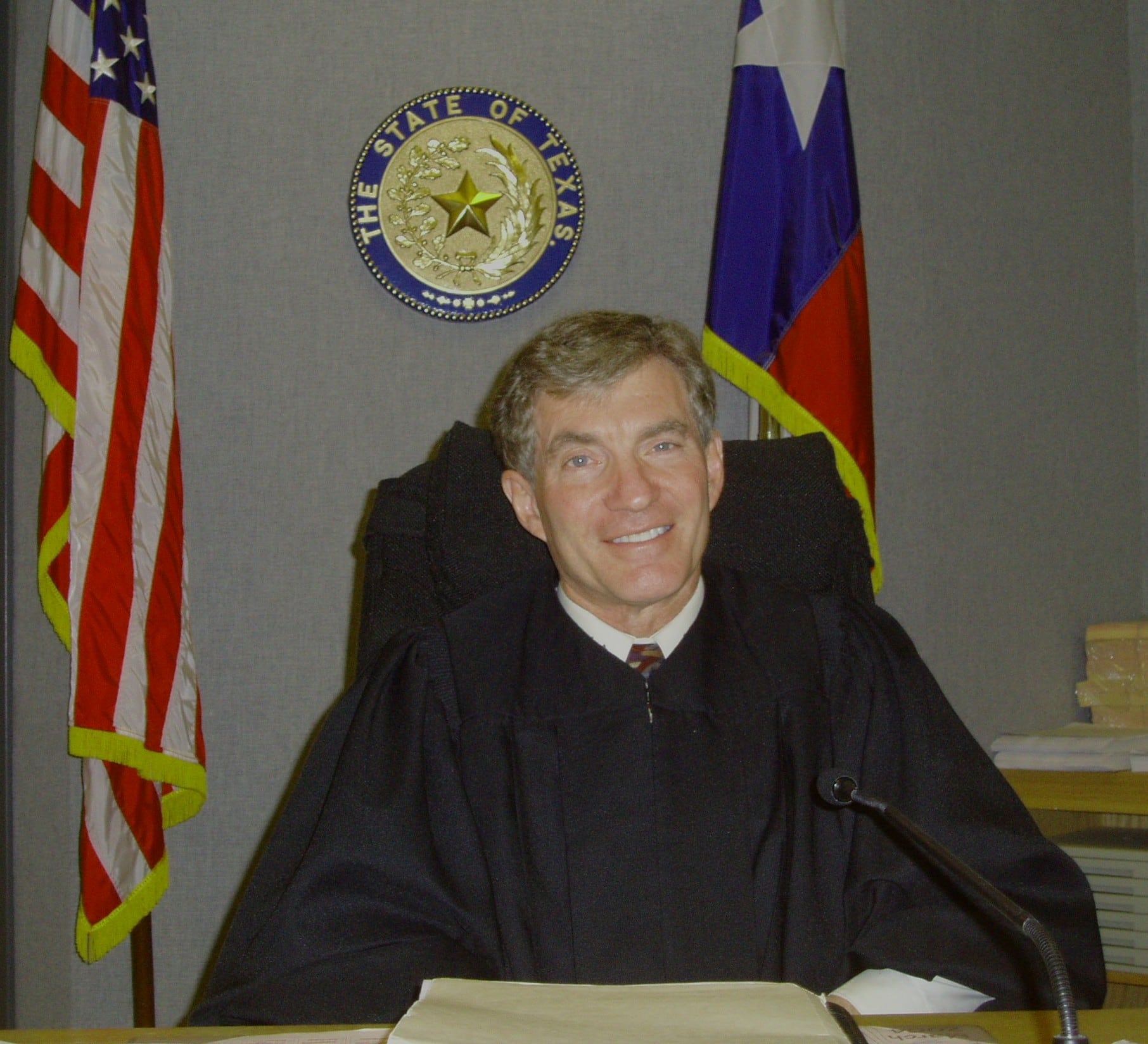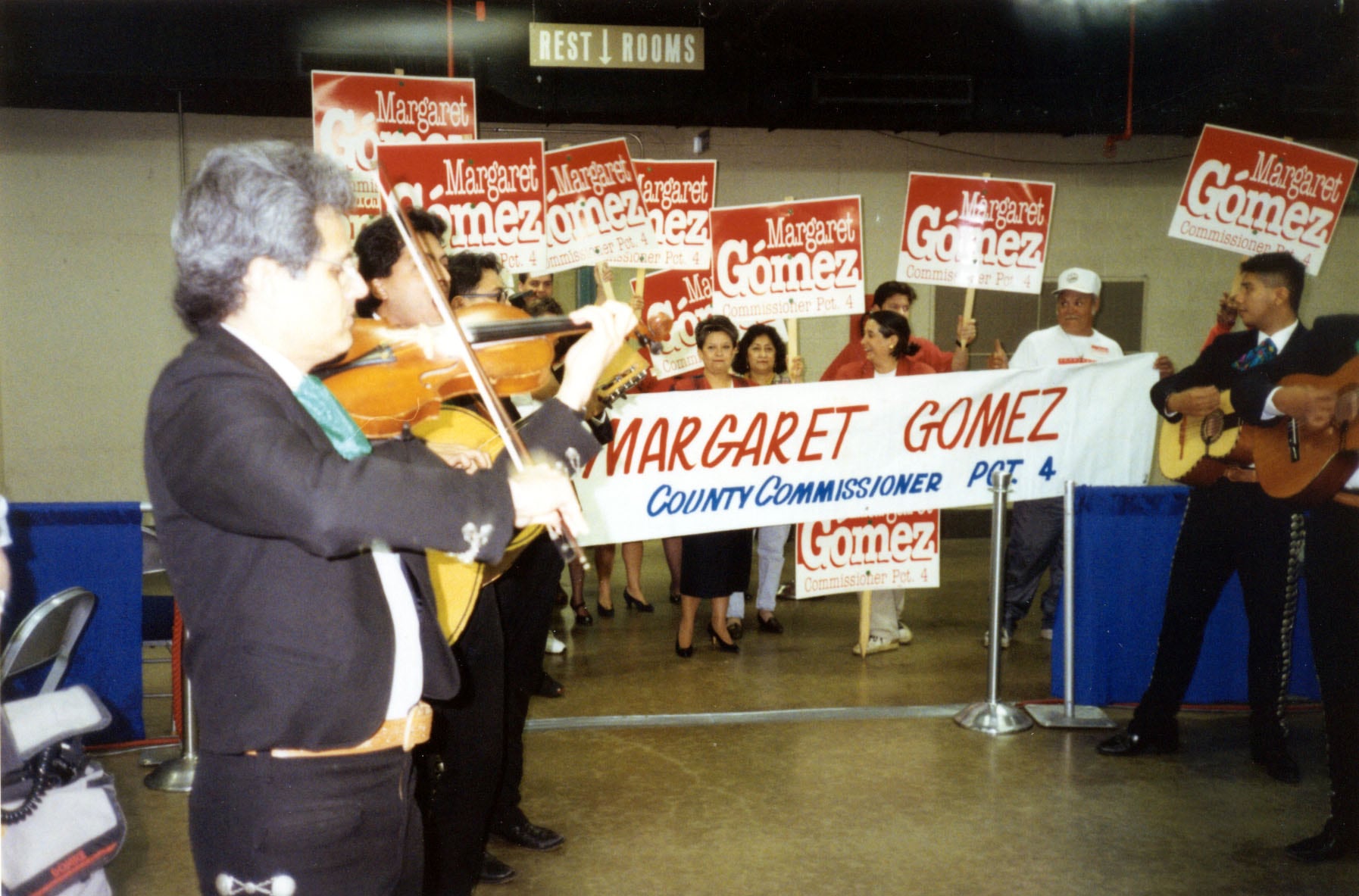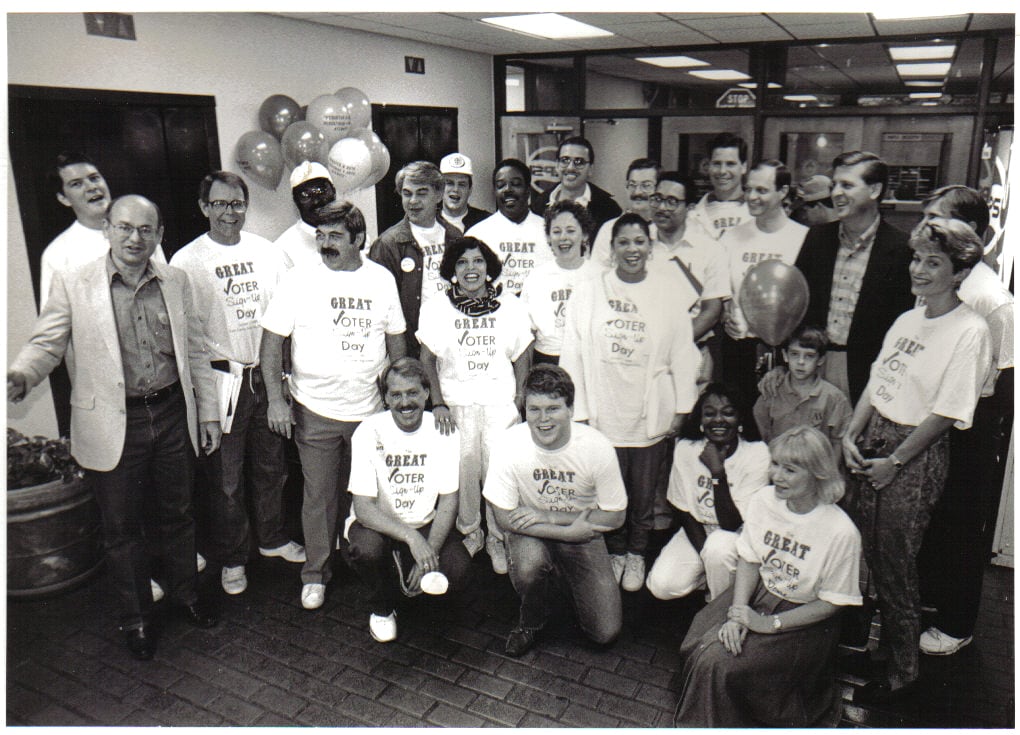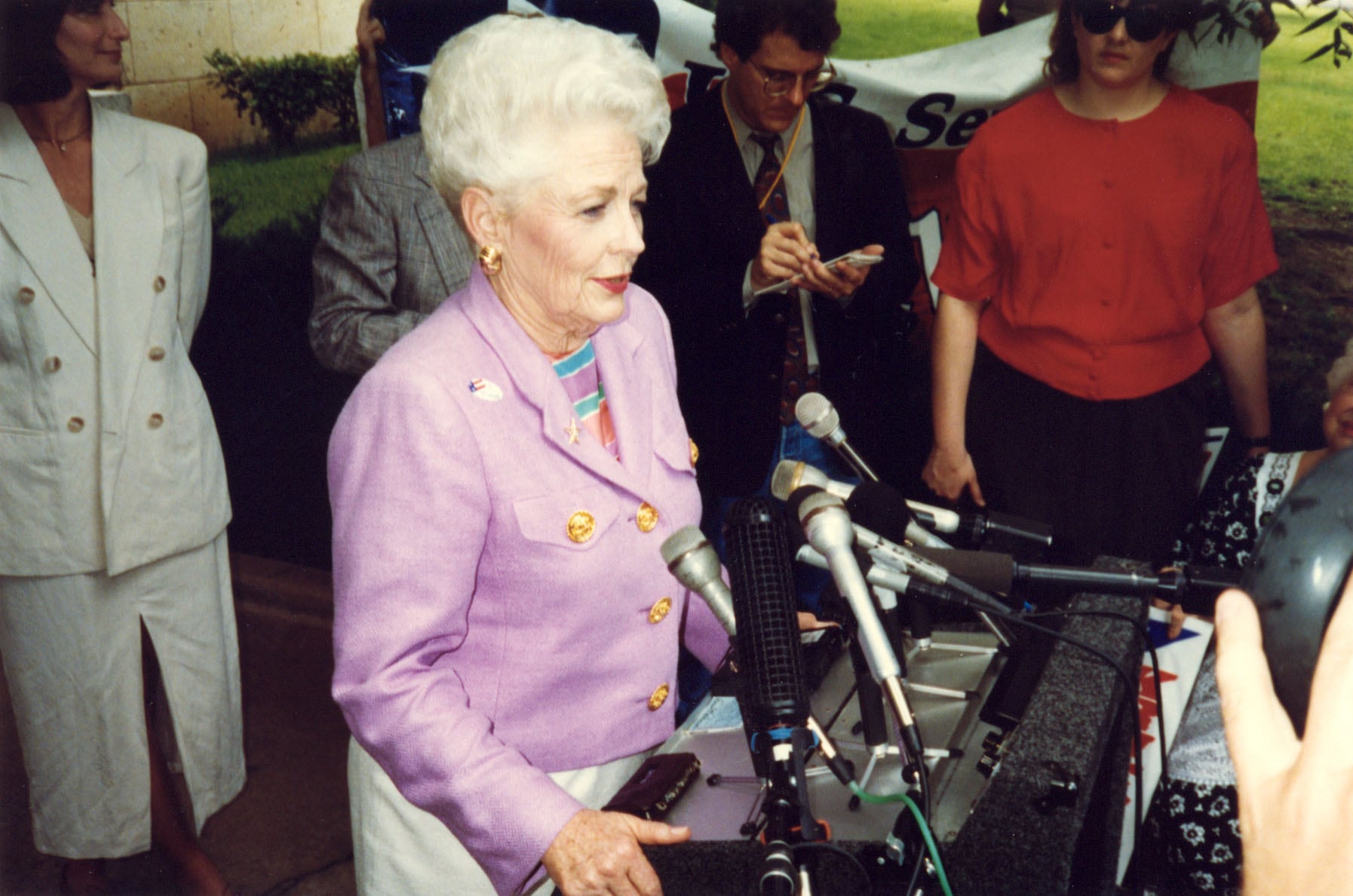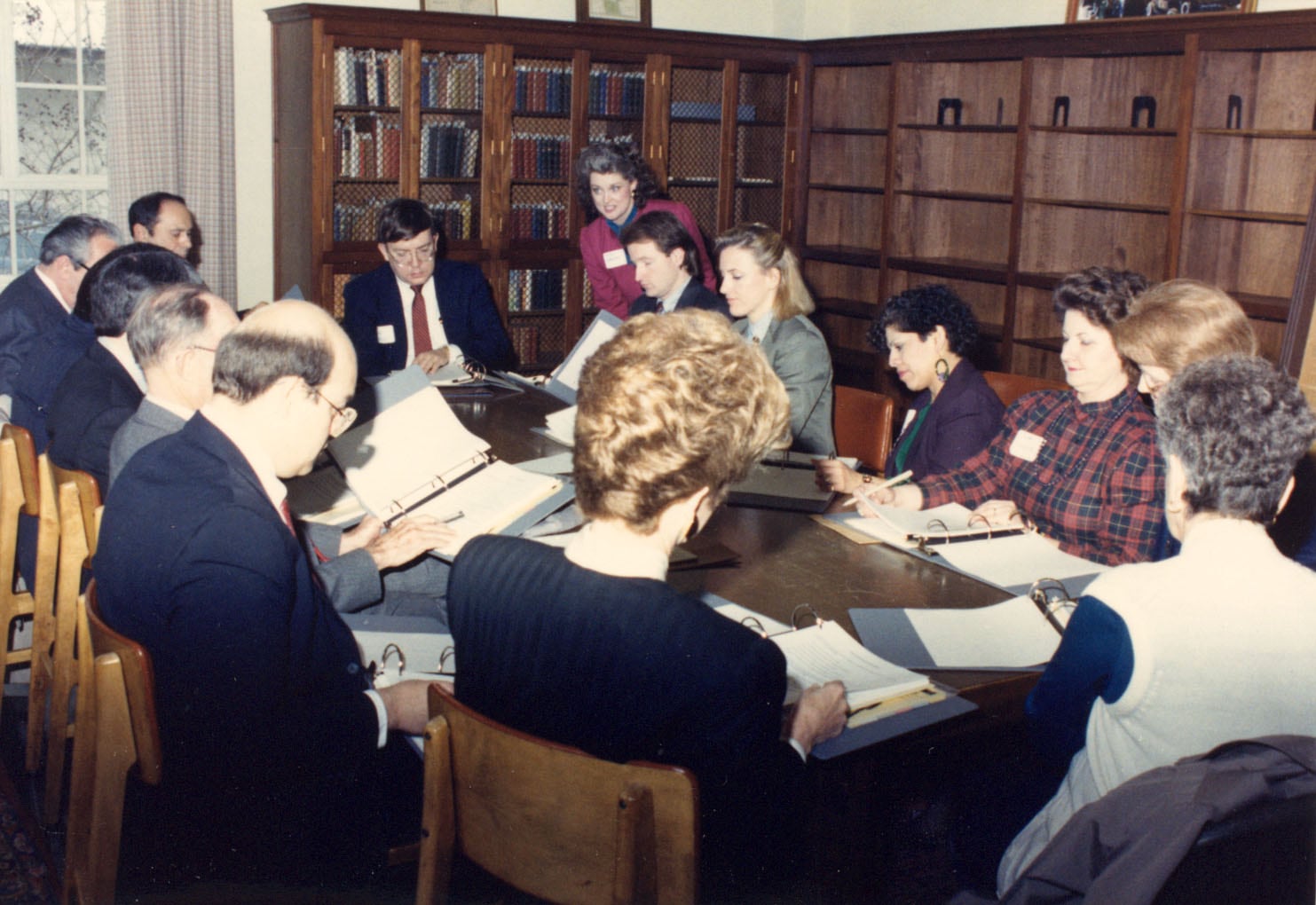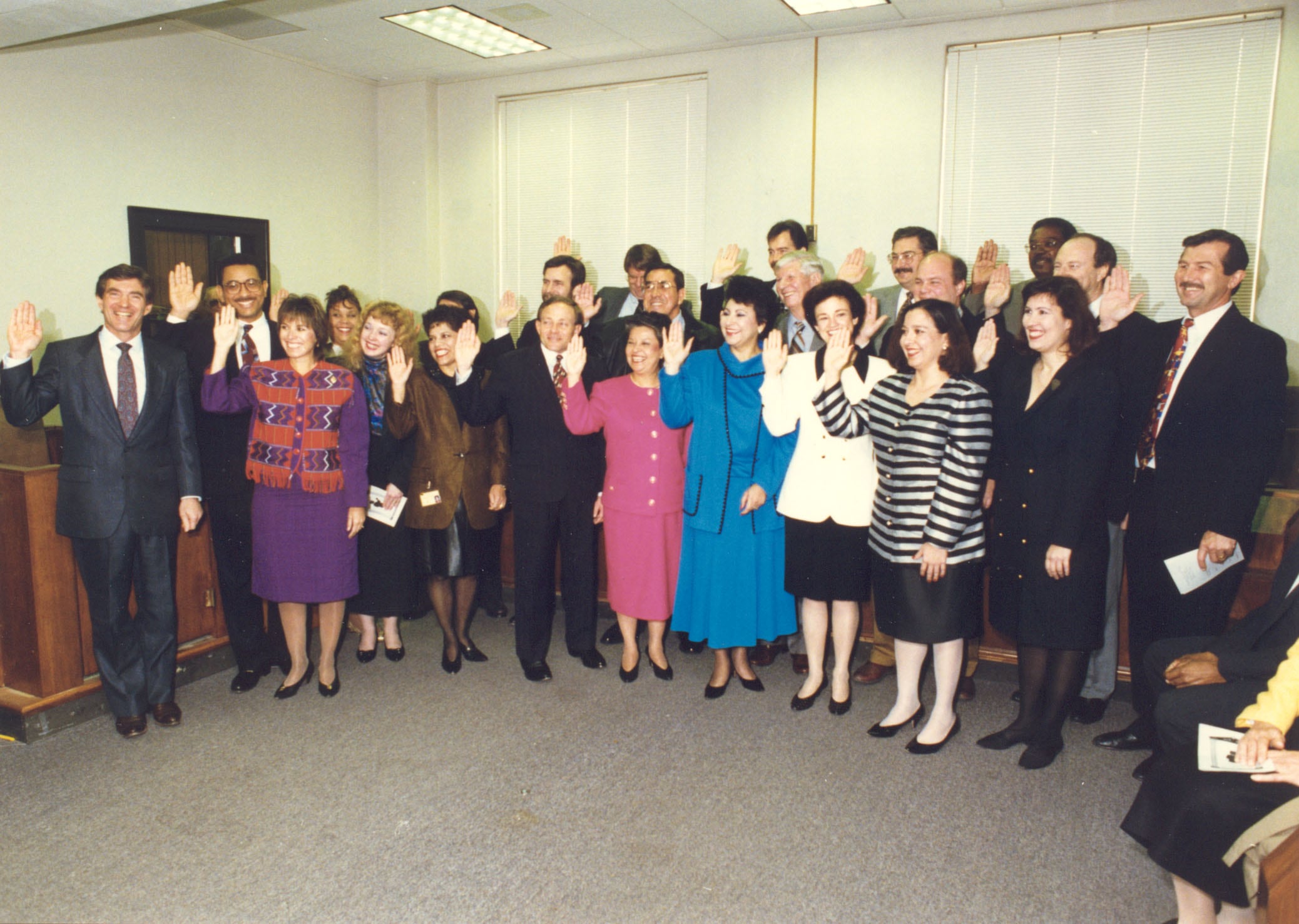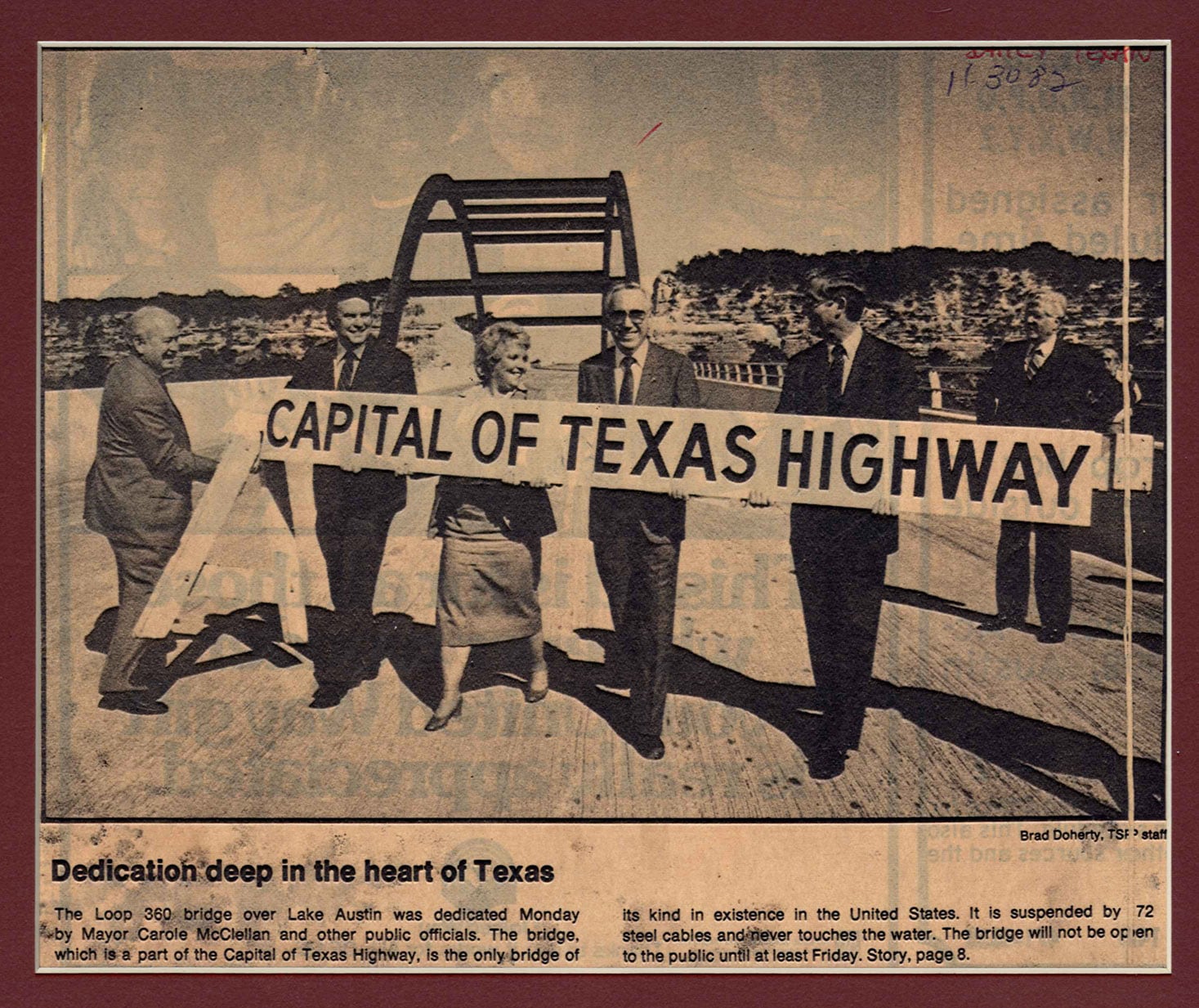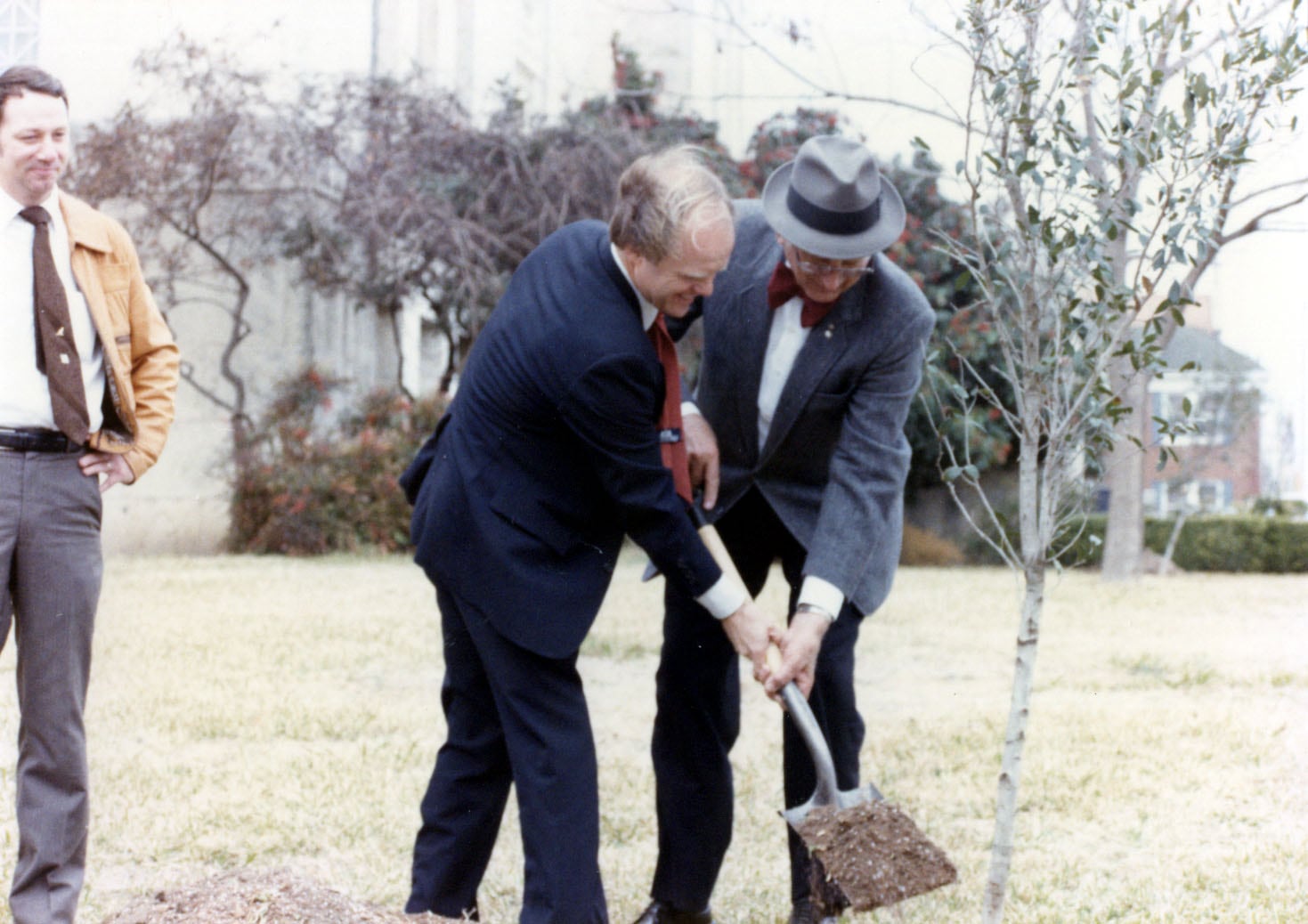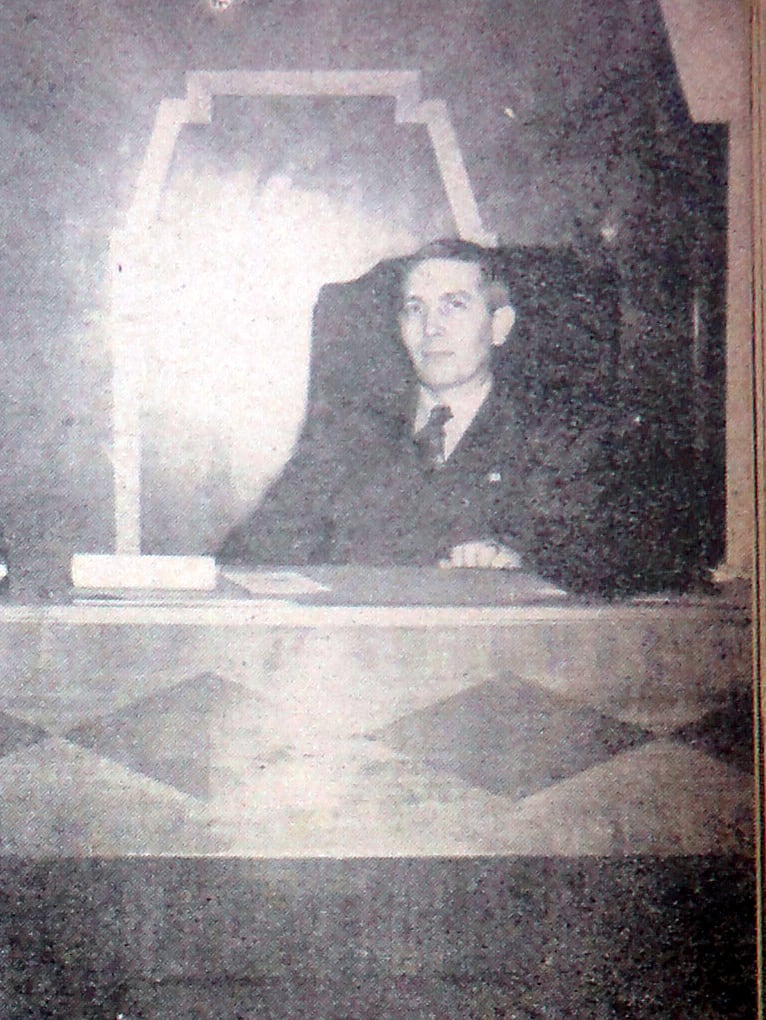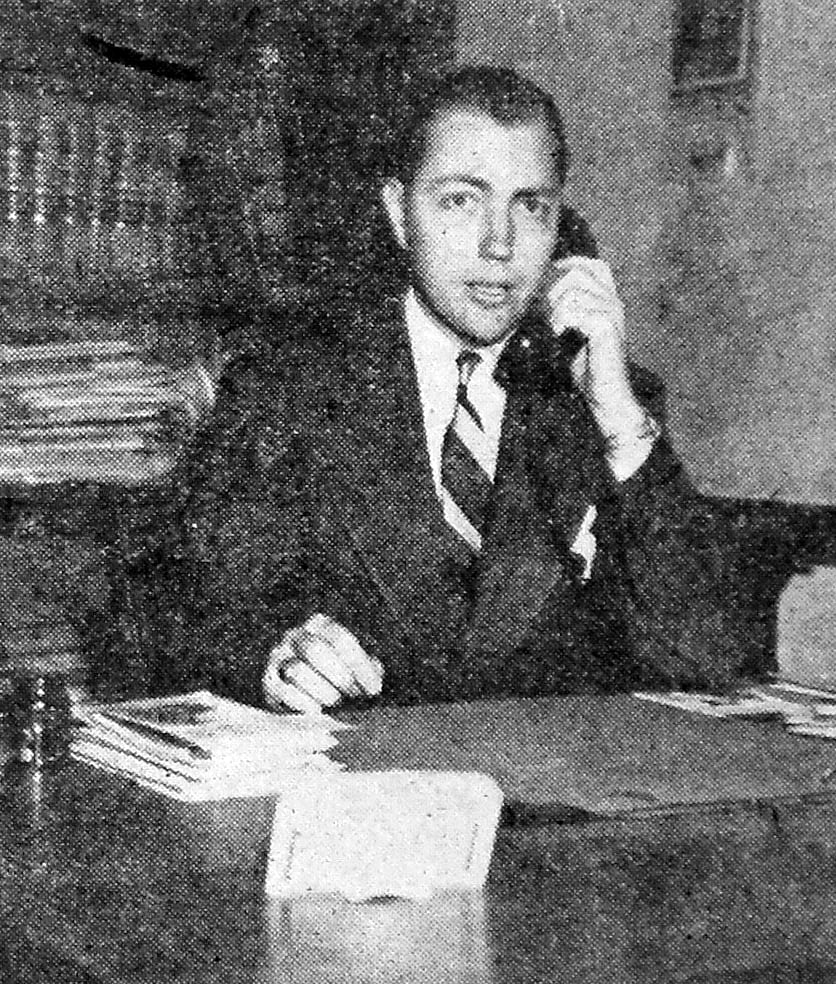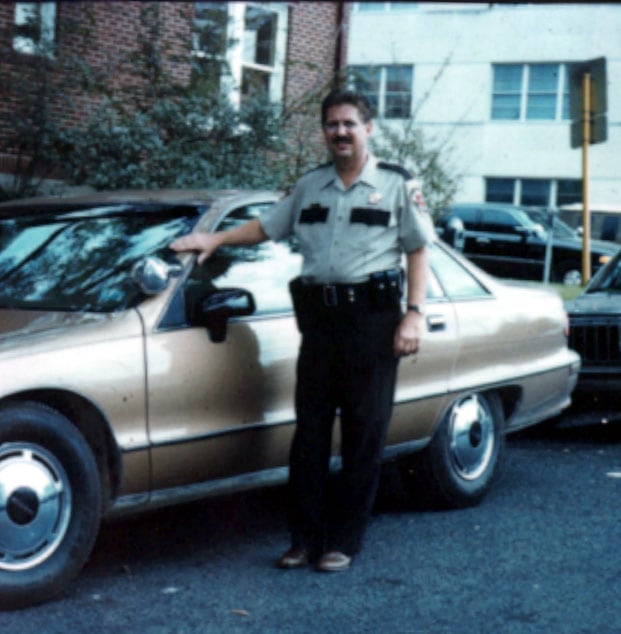History Day 2011
Past and Present Elected Officials
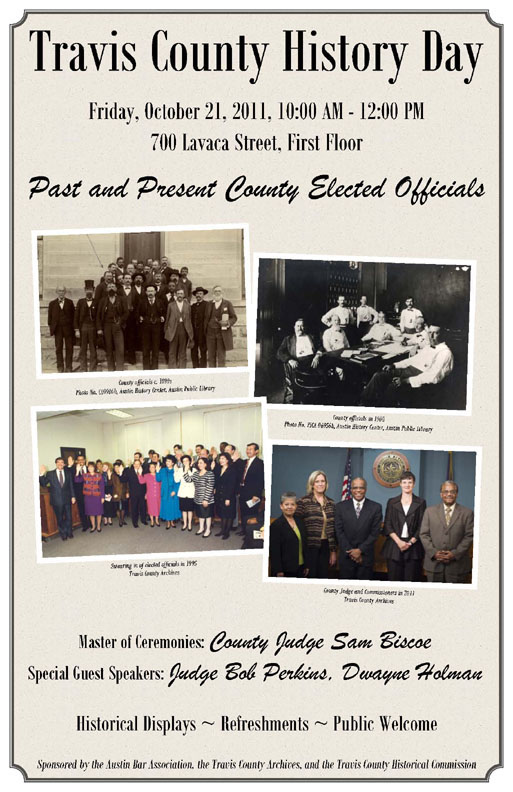
Over 1,000 individuals have served as elected officials since Travis County’s establishment in 1840. The fourth annual Travis County History Day was held on Friday, October 21, 2011, in honor of our current and former elected officials. Held for the first time at 700 Lavaca, in the future site of the Commissioners Courtroom, County Judge Sam Biscoe served as the Master of Ceremonies, and presentations were given by Dwayne Holman of the Texas Association of Counties, and Judge Bob Perkins, the second longest-serving judge in Travis County history.
Elected officials are an essential part of the Travis County government and its history. A list of the names of current and former elected officials can be found on the Archives’ website here. While an effort has made to gather a complete and accurate list of all Travis County elected officials, errors or omissions may exist due to conflicting information or incomplete records. The Archives welcomes corrections and additional information.
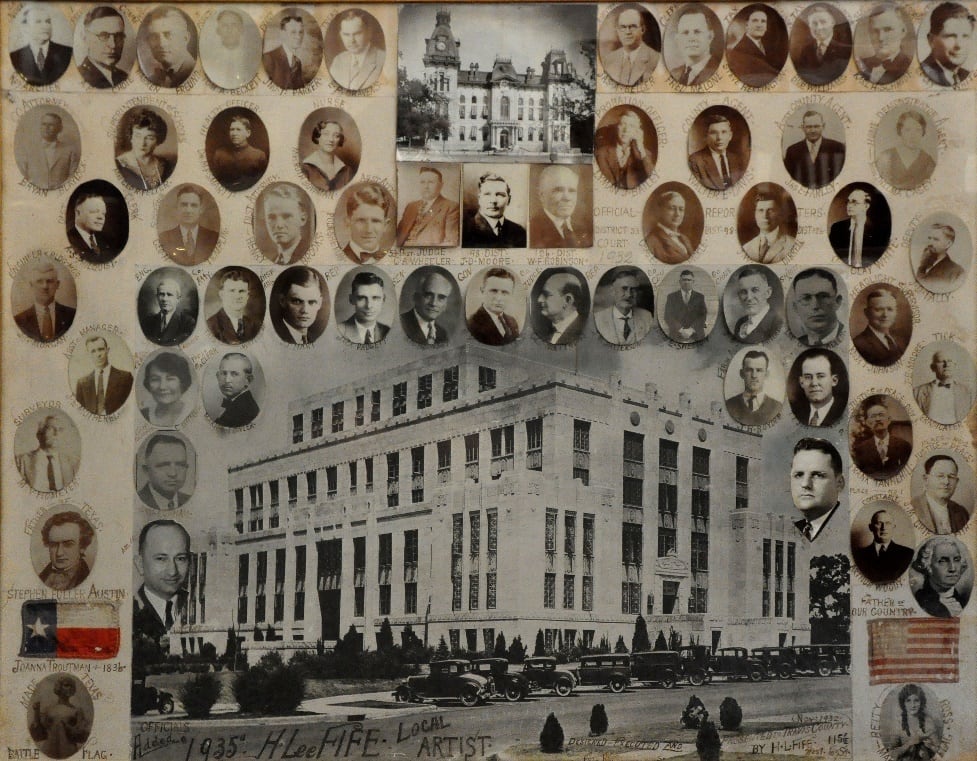
Collage of Travis County Elected Officials, 1932
Elected Officials Group Photos
The Travis County Archives has a large collection of elected official photographs; here is a small assortment. Additions are always welcome! For more information, please contact the Archives.
Frasier, Margo and Capitol Council of Governments Regional Law Enforcement Academy class, c. 1977 Keel, Terry and TCSO reserve deputies 1992 Bristol, Valarie, Balcones Canyonlands Dedication, 1996 Wisser, Jon Rodriguez Mendoza, Amalia, District Clerk Swearing in, 1995 Gomez, Margaret campaign, date unknown Voter drive, c. 1989 Richards, Ann date unknown Commissioners, early 1990s Dana DeBeauvoir and elections, date unknown Swearing in ceremony, 1995 Commissioners Court, early 1990s 360 Bridge dedication ceremony Renfro, Mike, tree planting, early 1980s Bembry, Barbara Betts, Charles 1947 Cecelia Burke and Nelda Wells Spears Thurman, Mace 1947 Suits, Stacy, 1992
Travis County Elected Offices
Many of Travis County’s elected offices have been in existence since Travis County’s establishment, while others were created later or expanded as the county grew. Certain offices were abolished as their duties became less relevant over the years.
Commissioners
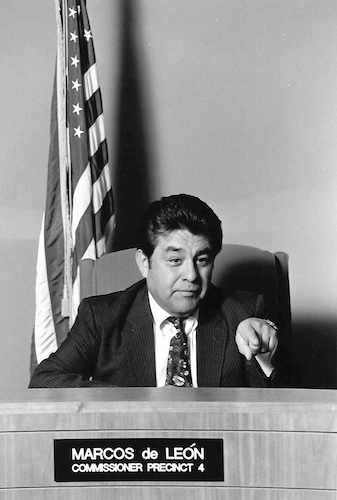
Marcos de Leon
Commissioner Precinct 4, 1991-1994
During the Republic of Texas, the Commissioners Court was known as the County Board. The County Board was composed of the Chief Justice (later called the County Judge) and the Justices of the Peace of the county. The Texas Constitution of 1845 changed the organization of the County Board to include the Chief Justice and four elected Commissioners. The Commissioners Court as we know it today, comprised of the County Judge and four Commissioners, was created by the 1876 Constitution.
Today’s Commissioners Court has none of the functions of a court but is the general governing body of the county. The Commissioners Court functions as both the legislative and executive branch of county government. Major duties involve overseeing the budgetary and policy making functions of county government. The Commissioners Court also has ultimate responsibility for managing county operations and providing oversight of the county’s infrastructure, including the construction, maintenance and improvement of county roads and bridges.
Constables
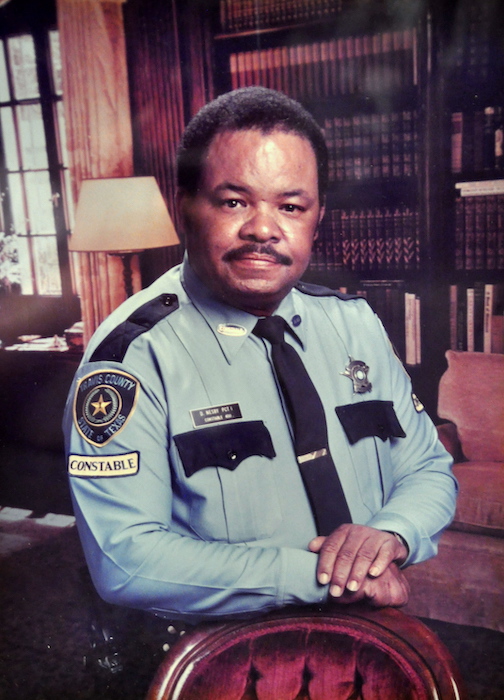
Constable Precinct 1, 1976-1998
The origins of the office of Constable date can be found in England over 1,000 years ago. By the mid-17th century, the office had been transplanted to the British colonies in North America. Constables in Texas can be traced back to 1823, when Texas was under Mexican rule.
The office of Constable was first included in the Republic of Texas Constitution in 1836. The Constable was to be “the conservator of the peace throughout the county,” whose duty was “to suppress all riots, routs, affrays, fighting, and unlawful assemblies, and he shall keep the peace, and shall cause all offenders to be arrested, and taken before some justice of the peace.” Constables were the most active law-enforcement officials in many counties during the early statehood of Texas.
Today, Constables and their deputies are fully empowered peace officers with county-wide jurisdiction and as such, may legally exercise their authority in any precinct within their county. They may serve civil process in any precinct in their county and any contiguous county and can serve warrants anywhere in the state. There are five Constables in Travis County, one for each of the Justice of the Peace precincts.
Coroner (abolished)
The 1836 Texas Constitution established the office of the County Coroner, whose duties included determining the cause, time, and manner of deaths that occurred within the county. The 1869 Constitution, however, effectively abolished the Coroner’s office by assigning all its duties to the Justices of the Peace. In Travis County, Justices of the Peace were responsible for investigating deaths and performing inquests until 1977, when the office of the Medical Examiner was established.
County Attorney
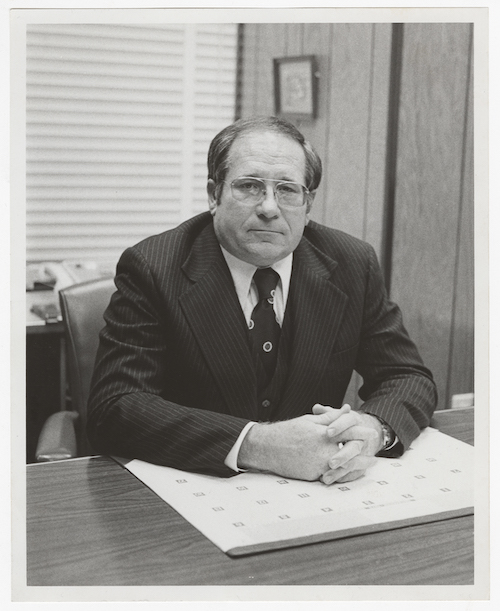
County Attorney, 1968-1977
The office of the County Attorney was first provided for in the Texas Constitution in 1866. The main duties of the County Attorney are to represent the state in the Justice of the Peace and County courts, to defend suits in which the county is interested, and to serve as legal advisor to county officials. Primarily, the County Attorney is charged with enforcement of criminal statutes and does not represent the county in its general legal business or the conduct of ordinary civil actions.
In Travis County, the County Attorney prosecutes misdemeanor crimes filed in the county courts at law and justice courts, obtains protective orders for victims of domestic violence, and advises the county elected officials regarding their official duties.
County Clerk
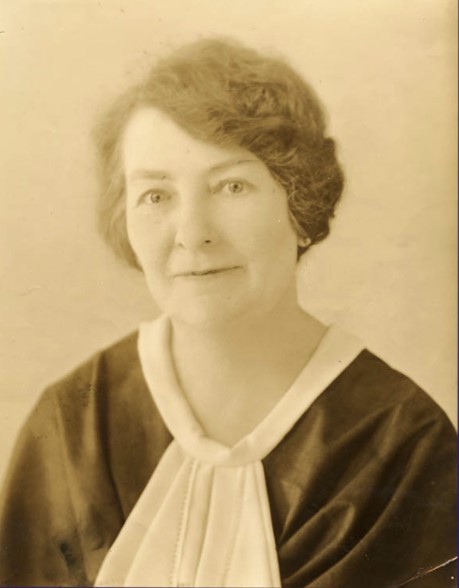
County Clerk, 1934-1969
The office of County Clerk has been in existence in Texas since 1836. The Texas County Clerk performs duties that in most other states are divided among two or more officials. The Clerk is the county recorder, and as such, files and records a wide variety of documents, including deeds, probate records, marriage licenses, and cattle brands, among many others. The Clerk is also clerk to the County Court, a court of limited jurisdiction in civil and criminal matters and the principal court for probate matters, and clerk to the Commissioners Court, the governing body of a county. The County Clerk also conducts county-wide special and general elections and early voting for county-wide elections.
County Courts at Law Judges
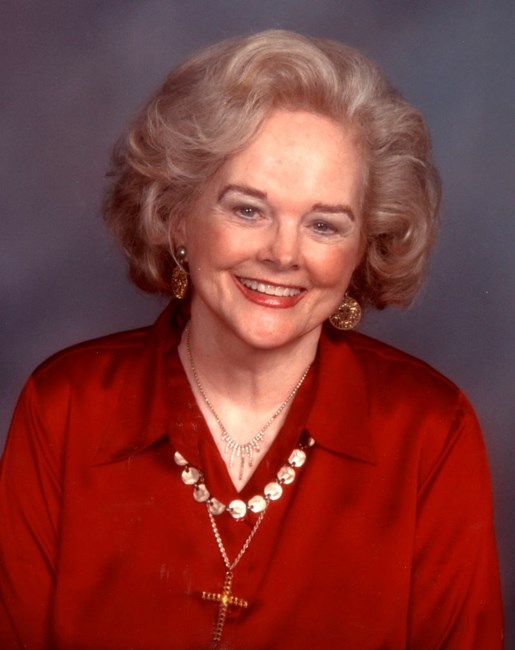
County Court at Law #2, 1973-1980
The first County Court at Law in Texas was created in 1907; the first County Court at Law in Travis County was created in 1941. County Courts at Law are courts with jurisdiction in civil, criminal, probate and appellate matters. The legal jurisdiction of the County Courts at Law varies considerably and is established by the statute which creates the particular court. The original jurisdiction of trial courts is determined by the subject matter and the amount in controversy at the time of the filing of the suit. County Courts at Law usually have appellate jurisdiction in cases appealed from Justice of the Peace and municipal courts.
County Judge
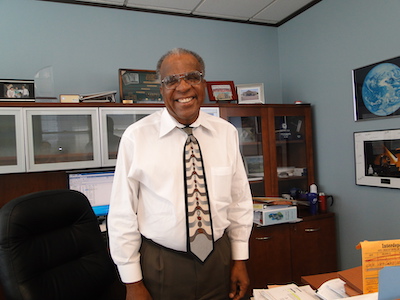
County Judge, 1998-2014, 2020
The County Judge is the most visible official in county government. As the county’s chief executive officer, the County Judge has broad judicial and administrative powers, including serving as the presiding officer of the Commissioners Court.
Originally called the Chief Justice by early Texas constitutions, today’s office of the County Judge was established in the 1876 Constitution. The main duties of the County Judge are to serve as chief administrator and budgeting officer of the county and presiding officer of the Commissioners’ Court. As presiding officer and voting member of the Commissioners Court, the County Judge works with the other four members of the Court to exercise administrative authority over county government operations.
County Superintendent of Public Instruction (abolished)
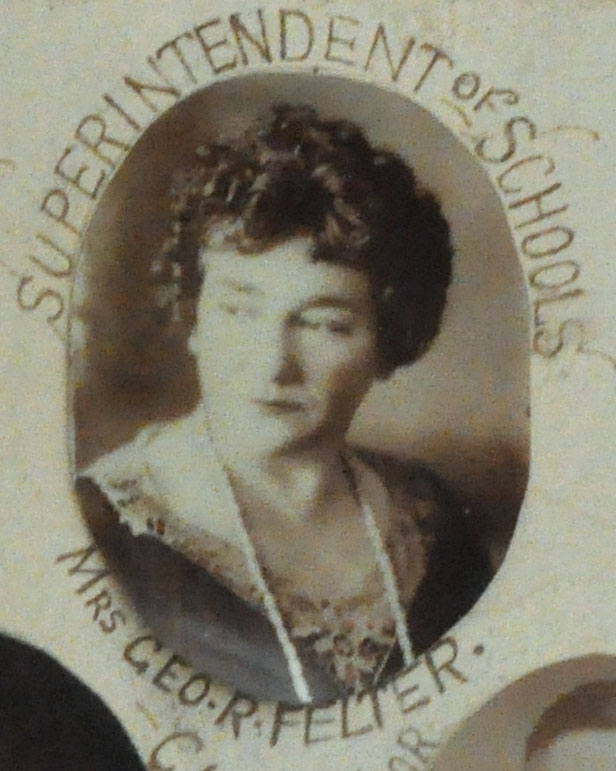
County Superintendent of Public Instruction, 1925-1934
The Travis County Superintendent of Public Instruction was established in 1887. For most of the next century, this elected official was charged with apportioning state and county funding dedicated to schools. The duties of the Travis County Superintendent of Public Instruction also included holding teacher training institutes and textbook distribution.
Until 1915, the County Superintendent of Public Instruction was the only county educational officer; after that, the duties of the office were shared with an elected board of county school trustees. Over time, the Legislature passed a series of laws that granted cities and towns more freedom in the development and administration of their schools, resulting in the formation of independent school districts – independent, that is, of the County Superintendent. The adoption of school buses in the 1960s also made consolidation of independent school districts feasible. As these alternatives to county schools grew, the need for a County School Superintendent faded, and Travis County abolished the office in 1978.
County Surveyor (abolished)
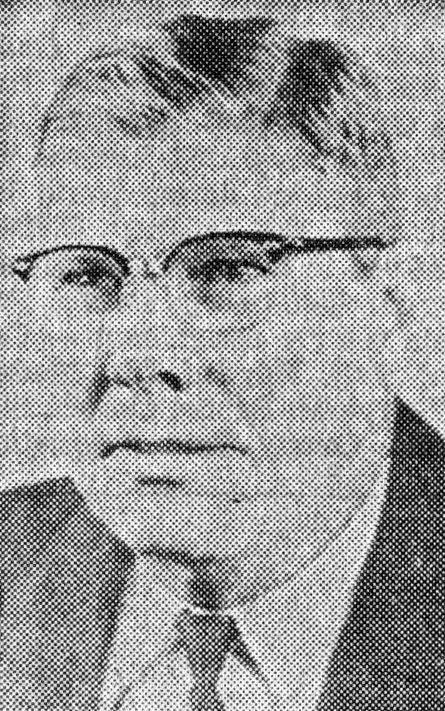
County Surveyor, 1939-1978
Surveying is the process of mapping and measuring land to define and mark property boundaries. The office of County Surveyor has existed since the Republic of Texas days and has been provided for by the Texas Constitution since 1845. The surveyor’s responsibilities included surveying open land and recording and examining field notes of surveys made in the county. Copies of the surveys, plats, sketches and field notes were then sent to the Texas General Land Office.
Open land refers to land that was obtained by grant or patent from a sovereign entity – in Travis County’s case, the Republic of Texas and the state of Texas. As open land in Texas began to disappear, the importance of the office decreased and the office was left vacant in many counties. The Travis County Surveyor’s office was abolished in 2001.
The earliest records of the Travis County Surveyor actually predate Travis County’s establishment in 1840. These records, which date from 1838-1839, are recorded as Bastrop County records – Travis County was created from land that was originally part of Bastrop County.
County Treasurer
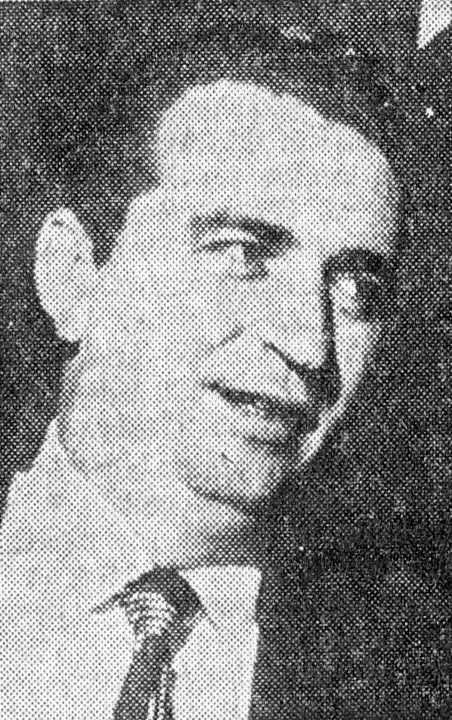
County Treasurer, 1959-1987
During the Republic of Texas, the duties of the treasurer were often performed by the county clerk. The Constitution of 1845 provided for a separate office, the chief functions of which are to provide for the safekeeping of all county funds and perform as the chief custodian of county finances. The County Treasurer receives, accounts, and disburses all moneys belonging to the county as directed by the Commissioners Court and serves as the financial manager and coordinator of all revenue bonds and funds.
District Attorney
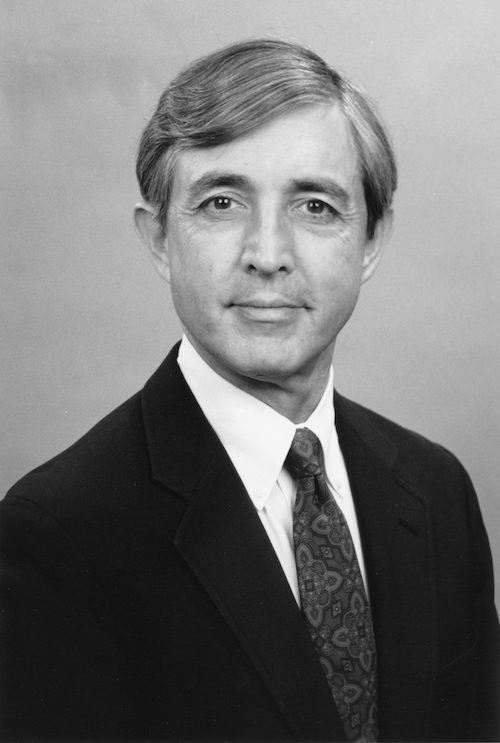
District Attorney, 1977-2008
The office of District Attorney was first provided for in the Republic of Texas Constitution of 1836. The District Attorney is primarily an attorney for the state and attends the state district court, although not exclusively. He or she may represent various state agencies when the Attorney General does not and may assist in the enforcement of state agency regulations as well as the conduct of state officials. The District Attorney also has an advisory function in regard to county officials.
The Travis County District Attorney’s office investigates and prosecutes crimes related to the operation of the Texas state government. The office also represents the state and victims of crime in the prosecution of felony offenses and juvenile offenses committed in Travis County, as well as the Department of Child and Protective Services in civil suits affecting parental rights.
District Clerk

District Clerk, 1991-2014
The office of the District Clerk has been included in every Texas Constitution since the Republic of Texas. The District Clerk is custodian of all records of cases heard in the District Courts, the principal trial courts in Texas. Although District Courts are state offices, they have become an integral part of county government. The District Courts hear many types of cases including felony criminal, family, juvenile, delinquent tax and greater value civil cases. The District Clerk is the official recorder, registrar and custodian of all court pleadings, instruments and papers that are part of any district court case.
Depending on the makeup of the judicial districts in a county, a District Clerk may serve one or more District Courts whose districts include the Clerk’s county. The District Clerk is also in charge of the jury selection process and has a significant number of miscellaneous duties, including accepting passport applications, taking depositions of witnesses, and administering oaths and affirmations.
District Court Judges
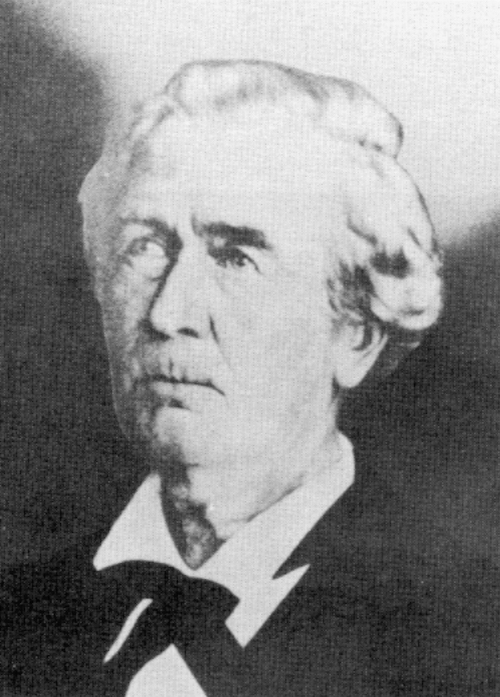
2nd District Court Judge, 1855-1857
District Courts are the primary trial courts in Texas. According to the Texas Constitution, District Court Judges must be chosen from defined districts, as opposed to statewide election. The geographical area served by each District Court is established by the Legislature, but each county must be served by at least one District Court. In sparsely populated areas of the State, several counties may be served by a single district court, while an urban county, such as Travis County, may be served by many district courts.
District Courts generally have the following jurisdiction: original jurisdiction in all criminal cases of the grade of felony and misdemeanors involving official misconduct; divorce cases; cases involving title to land; contested elections; suits for slander or defamation; and suits on behalf of the State. The District Courts also have jurisdiction in civil matters in which the amount in controversy is $200 or more. While most district courts try both criminal and civil cases, in the more densely populated counties the courts may specialize in civil, criminal, juvenile, or family law matters.
Inspector of Hides and Animals (abolished)
The first Travis County Inspector of Hides and Animals was elected in 1876. The office was filled until 1903, at which point it remained vacant until the 1980s. In 1986, an individual ran for the office of Travis County Inspector of Hides and Animals with the intention of having it abolished, and the legislature acted accordingly in 1987.
The purpose of the Inspector of Hides and Animals office was to assist in the prevention of cattle theft by a thorough inspection of all hides and animals known or reported to him as sold or as leaving the county for slaughter, packeries, or butcheries. He was to keep a bound book, open to public inspection, and provide certified copies of all entries to the County Clerk each month. Entries were to show the number, marks and brands of all animals and hides inspected by him, and the ages of the animals.
Justices of the Peace
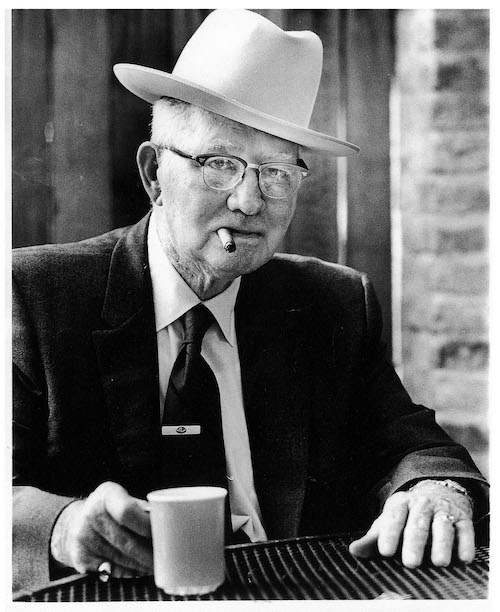
Justice of the Peace Precinct 5, 1938-1971
The origins of the office of Justice of the Peace extend back to the Middle Ages in England, where the King commissioned knights to preserve peace in unruly areas. Today, the Justice of the Peace is the legal jurisdiction closest to the average citizen and is elected by the qualified voters of the precinct. Justices of the Peace handle both civil and criminal cases, including small claims court, justice court, and administrative hearings. In practical terms, these are lawsuits over debts, evictions, car accidents, unlawful towing, and property. Their criminal workload involves disposing of misdemeanor cases punishable by fine only, such as traffic citations.
Other duties of the Justice of the Peace include issuing warrants, setting bonds, conducting preliminary hearings, presiding over hearings, administering oaths, and performing marriages. Inquests were also a primary function of office in Travis County until the establishment of the Medical Examiner’s Office in 1977. Travis County has 5 Justices of the Peace.
Probate Court Judge
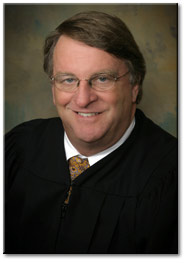
Probate Court #1 Judge, 1991-present
In Travis County is one of several specialized probate courts created by the Texas Legislature to hear probate matters exclusively. These statutory probate courts are located in the state’s largest metropolitan areas and have original and exclusive jurisdiction over their counties’ probate matters, guardianship cases, and mental health commitments.
Travis County’s probate court, Probate Court No. 1, was created in 1991 and is a headed by an elected judge. The Probate Court probates the wills of deceased persons, declares the heirs of deceased persons who die without a will, establishes guardianships for incapacitated persons and minors, supervises court-ordered involuntary mental health commitments, and administers all eminent domain cases initiated in Travis County.
Public Weigher (abolished)
Established in 1874, the office of Public Weigher was responsible for weighing all cotton, wool, hides, and other staples offered for sale. The governor was empowered to appoint Public Weighers in cities where a specified amount of cotton was sold annually. In 1883, any county without an appointed Public Weigher was allowed to elect one, if the Commissioners Court so desired. By the 1980s, there were only a few Public Weighers remaining in the state, as many counties had abolished the office due to its functions becoming largely obsolete. Travis County’s first Public Weigher took office in 1876, and the most recent served until 1993, at which point the office was abolished.
Registrar (abolished)
Historically, the County Tax Assessor-Collector is the designated voter registrar for Texas counties, unless Commissioners Court created the position of the County Registrar to provide this function. The responsibilities of the Registrar included accepting applications for voter registration, issuing voter certificates, maintaining voter registration lists, verifying petitions for local option elections, and submitting required reports to the Secretary of State’s office. In Travis County, a Registrar was elected from the years 1892-1902, at which point the responsibilities of the Registrar reverted back to the Tax Assessor-Collector.
Sheriff
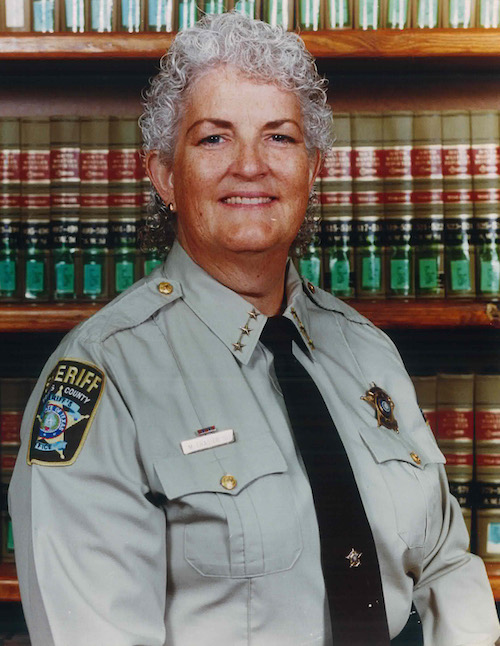
Sheriff, 1997-2005
The office of the Sheriff is one that dates back more than 1000 years with origins in England. As the principal law enforcement officer in the county, the duties of the Sheriff include protecting citizens’ lives and property, keeping public order, enforcing traffic laws, preventing crime and breaches of the peace, and arresting offenders. The Sheriff also functions as executive officer for the District and County Courts in both civil and criminal matters by serving writs, subpoenas, and summonses, by executing processes and orders, and by seizing property after judgment. Finally, the Sheriff is charged with providing security for the courts, operation and management of the county jail, and taking charge of inmates.
The Travis County Sheriff has law enforcement jurisdiction in the entire county, although the department does not normally exercise this authority within the city limits of Austin, which are served by the Austin Police Department.
Tax Assessor-Collector

Tax Assessor Collector, 1991-2011
Established by the Constitution of 1876, the office of county tax assessor-collector is constitutionally required for counties with a population exceeding 10,000. Because of the wide range of responsibilities performed by the Tax Assessor-Collector, most citizens come in contact with this office more frequently than any other county office.
A major responsibility of the Tax Assessor-Collector is the assessment, or calculation, of taxes on each property in the county and collection of that tax as established by the Constitution and the State Property Tax Code. Travis County levies a general property tax, the rate of which is set by the county Commissioners annually and subject to a public hearing. The Tax Assessor-Collector is also the designated voter registrar for Texas counties and an agent of the Texas Department of Transportation, responsible for the registration, titling, and title transfer of all motor vehicles and trailers in the county.
